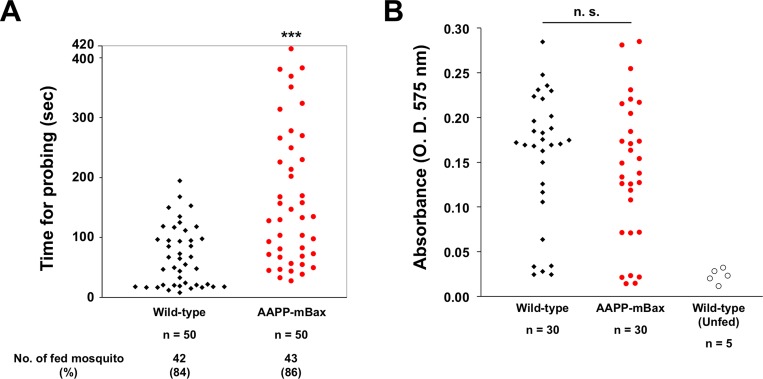Fig 4. Analysis of the blood feeding behavior of AAPP-mBax line (line 1) mosquitoes.
(A) Measurements of probing times by wild-type and AAPP-mBax mosquitoes. Each dot corresponds to one female mosquito. The probing time is defined as the time taken from the initial insertion of the mouthpart into the skin until the initial observation of the ingestion of blood in the abdomen. Probing times were significantly longer in AAPP-mBax mosquitoes than in wild-type mosquitoes. Data from two independent experiments using separate generations of mosquitoes were pooled. The number and ratio of blood-fed mosquitoes within 420 seconds are indicated below (n = 50, ***: P < 0.0001, calculated by the Mann-Whitney U test). (B) Comparison of the amount of ingested blood between wild-type and AAPP-mBax mosquitoes. The amount of ingested blood was evaluated using hemoglobin contents in the abdomens of mosquitoes allowed access to the same mice for 30 min. The hemoglobin content was represented as OD575 units. The abdomens of unfed wild-type mosquitoes were used as the negative control. No significant difference was observed between AAPP-mBax and wild-type mosquitoes. n.s., not significant (P = 0.3007, calculated by the Mann-Whitney U test).

